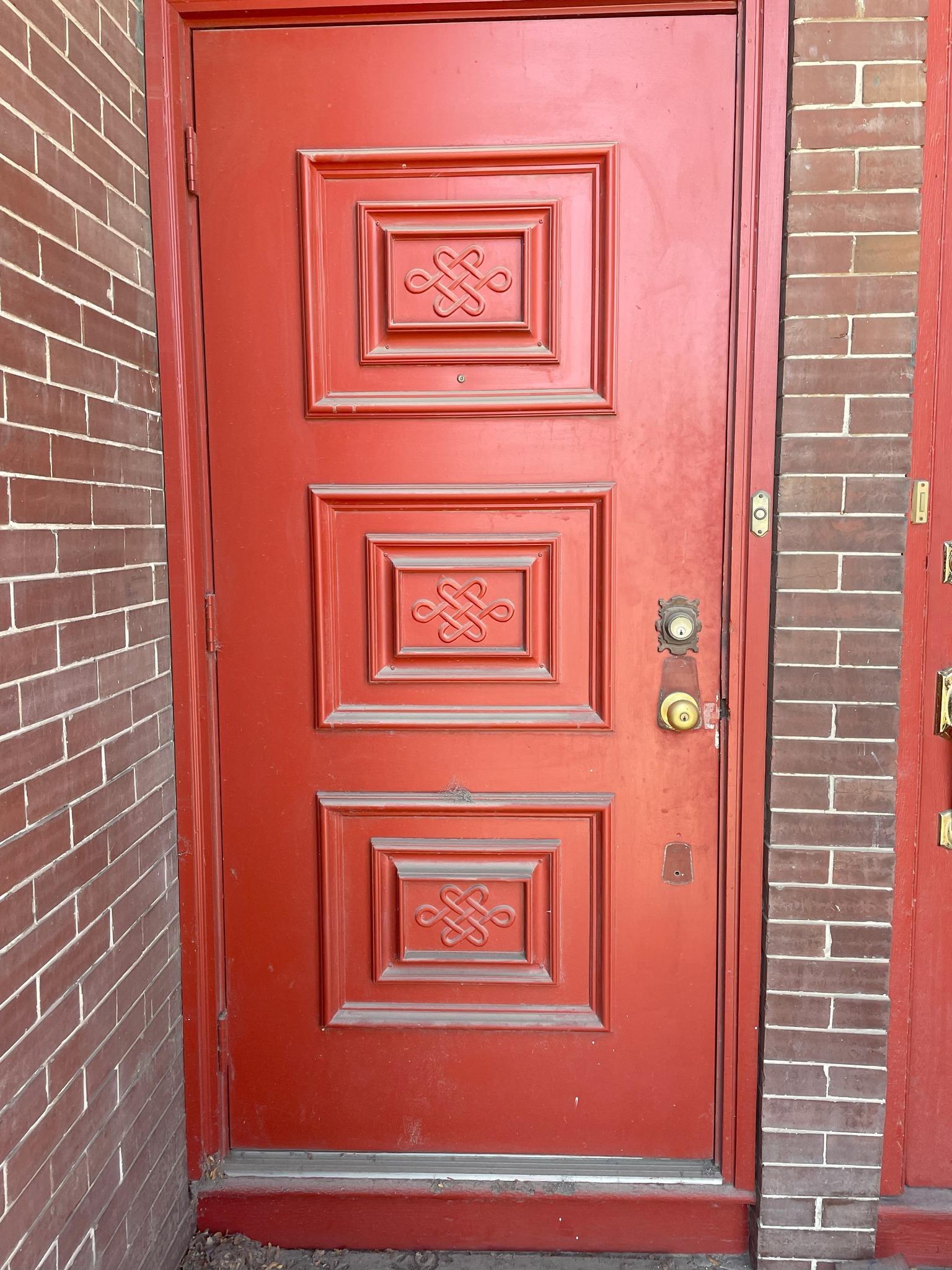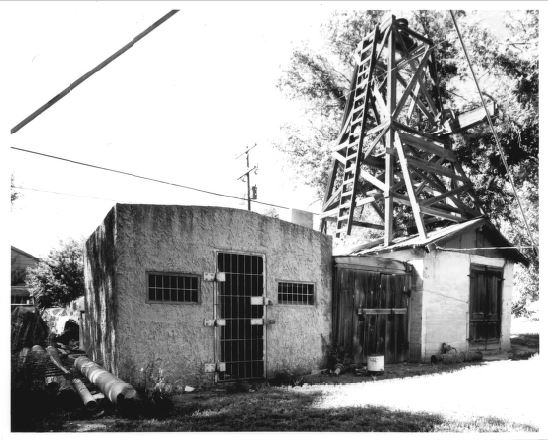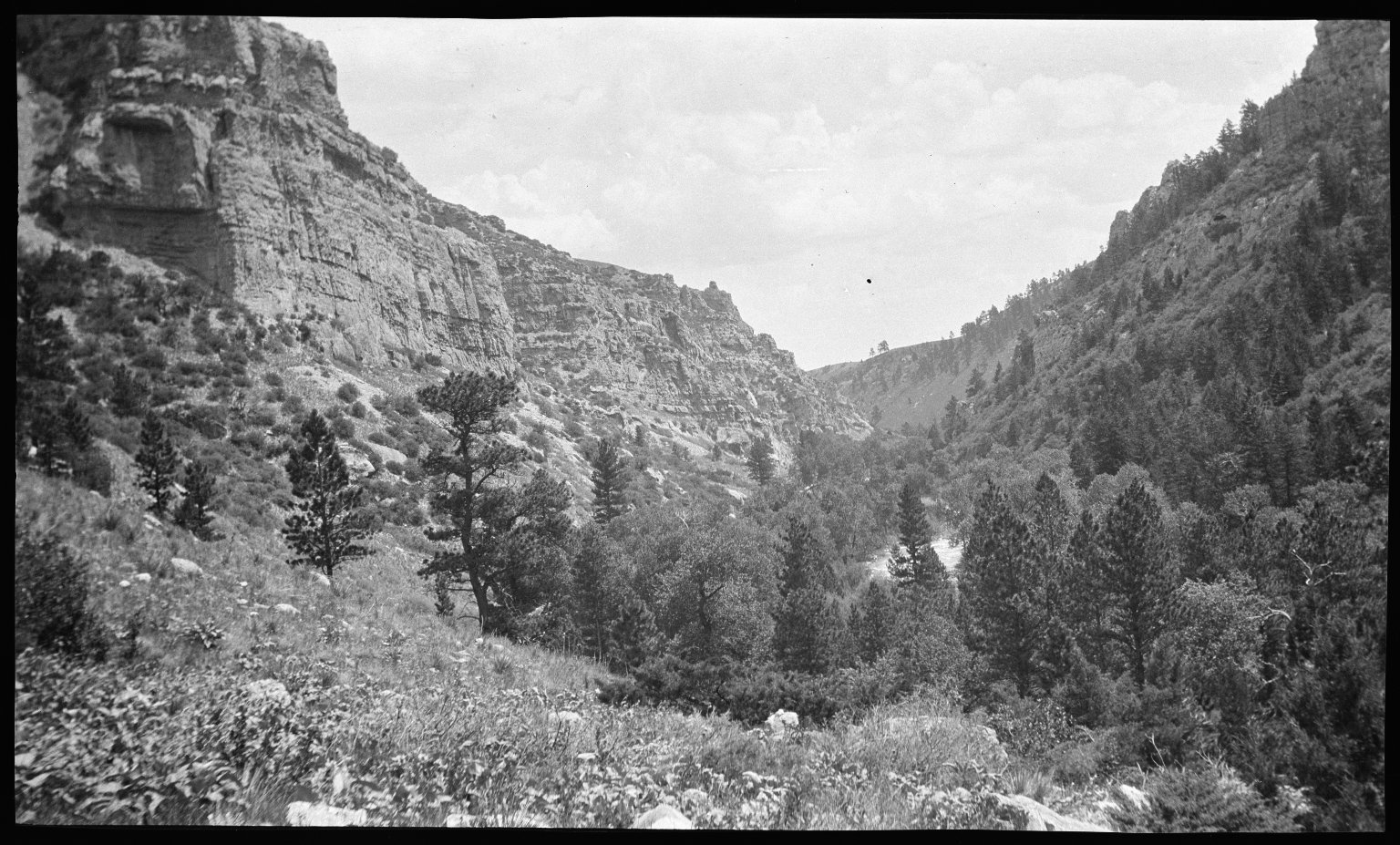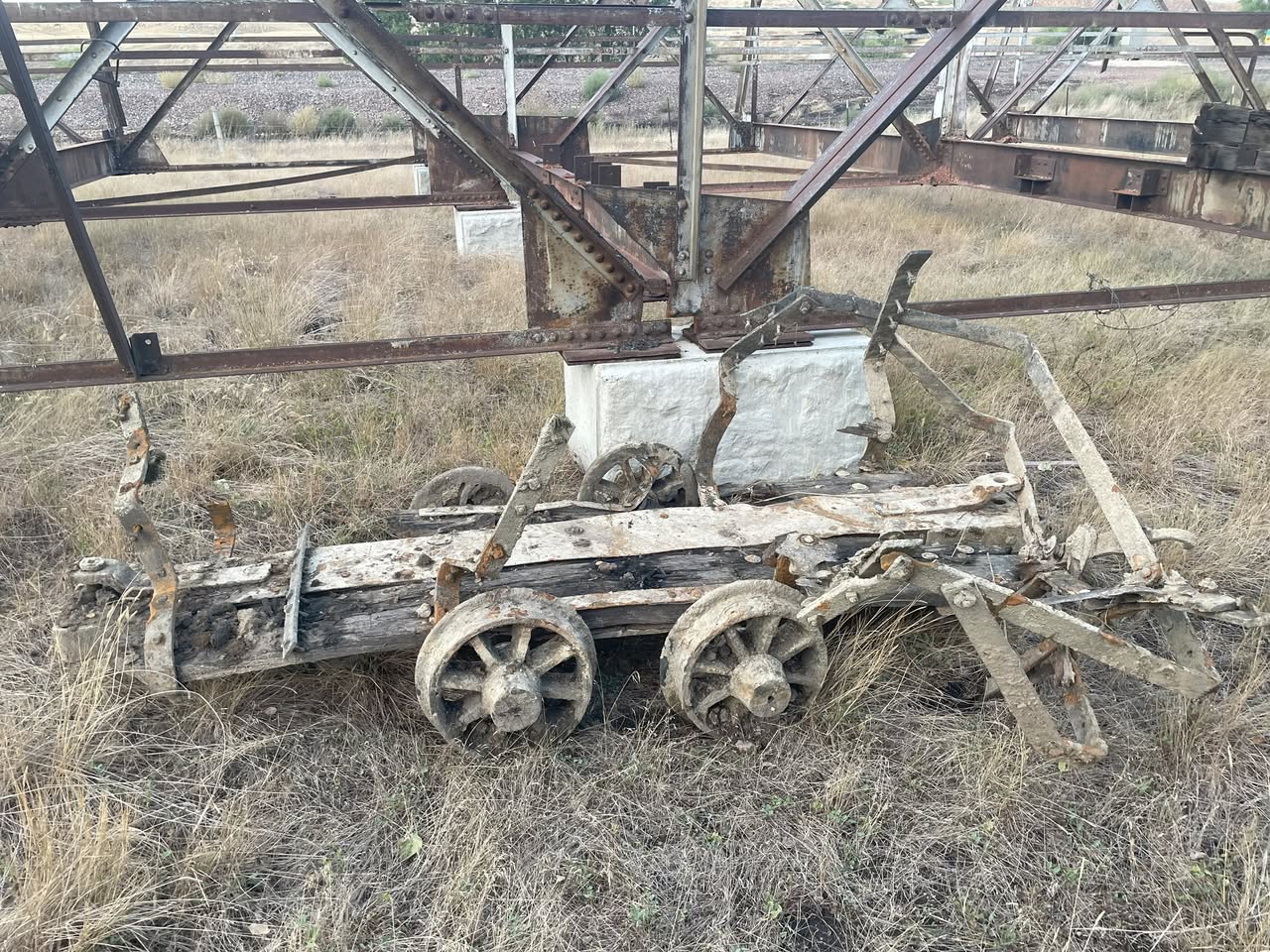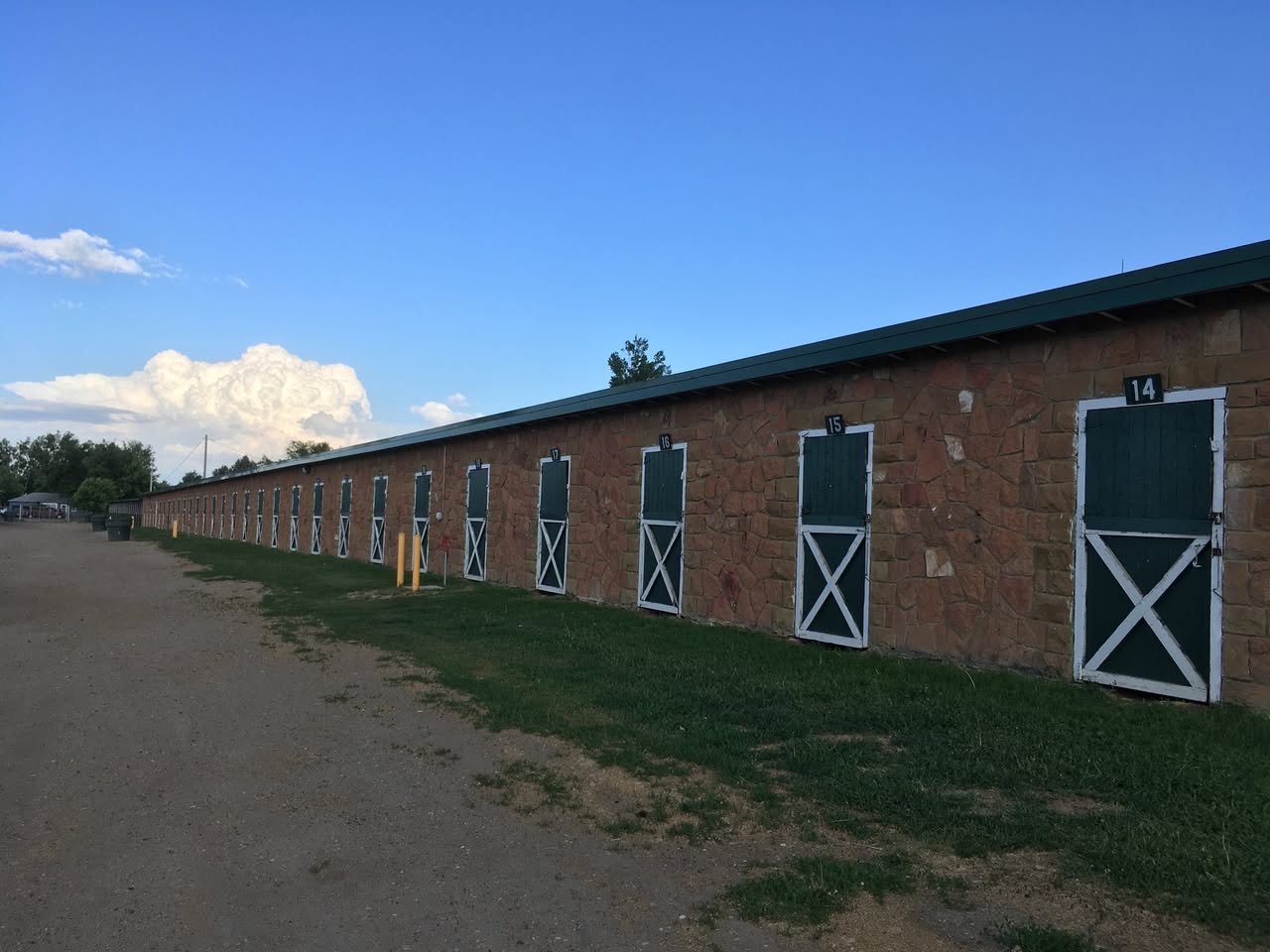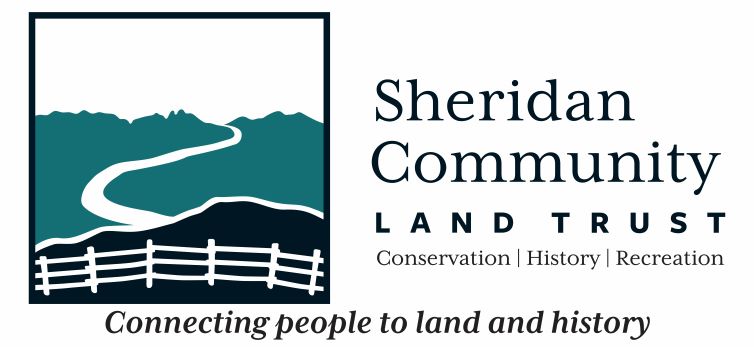
For this #TBT, we look at a beloved local scientist’s astronomical contributions to Sheridan.
In the 1960’s Dr. Kenneth Ohm joined Sheridan Community college and developed a multitude of programs to introduce the community to various fields of knowledge. He is widely recognized for his love of science and community. We at the Museum of Discovery intend to carry on his tradition, by offering similar free experiences. What follows is a short description of how Dr. Ohm contributed to the lives of Sheridan’s community at large.
Sometimes gifted individuals’ step into life’s limelight with a distinct vision and desire to improve communities. Dr. Kenneth Ohm is such a person. During his twenty-six year career at Sheridan College, our “Star Man” developed an expansive curricula for Sheridan College’s burgeoning science program. His enigmatic energy brought a new wave of culture to the sleepy little town of Sheridan. What follows is his personal vitae complete with vignettes encompassing not only his work with Sheridan College, but his commitment to the community at large.
Have you heard about the crater on the backside of the moon dubbed The Ohm Crater? Dr. Ohm was responsible for naming the feature for his ancestor, renowned physicist and mathematician George Simon Ohm after whom the unit of electrical resistance is named. Check your Ohm meters as we jump back through history.
Arriving at the college in 1966 Ohm enthusiastically launched a science education program revolving around physics and astronomy. He was selected as Chairman of the Department of Physical Science at Sheridan College in the fall of that year. By 1972, he was appointed Dean of Instruction. Sheridan was a prime location for study of the cosmos due to the dark skies crowning the Bighorns. Ohm was the engine behind developing the observatory at the Mohns Center which opened in 1979. The following year the Foucault Pendulum was installed. Both projects were funded by Les Mohns, with assistance from George Ghikas.
During the 1970’s and 80’s he was a guest contributor for the Sheridan Press, writing a column titled “The Skies”. Residents were enthralled with his work, and eagerly supported his passion to teach the community about his favorite subject – cosmology.
Ohm remained on alert for upcoming astronomical events such as meteor showers, comets, eclipses and more, reporting them to Wyoming residents and inviting them to join him for “Star Nights”. He and his colleagues hosted these events where the community witnessed the dramatic night skies and cosmological events in Wyoming. They were always well attended with as many as two hundred people coming together to enjoy star stuff!
Participants often traveled with Ohm to get the best viewing opportunities. One such event was for the total solar eclipse of February 26, 1979. Sixty participants from Sheridan boarded a bus for Livingston, Montana together with their backpacks, lunches and welder’s shields, trekking two hundred and fifty miles for the once in a lifetime show. One journalist noted that objective journalism fell by the wayside as she viewed one of the most spectacular events humans can experience. No wonder primitive people stood in awe and fright when this and other similar events occurred.
In 1975, at the request of J. Allen Hynek, Director for the Center for UFO Studies and Northwestern University, Sheridan College’s Science Department became the UFO clearing center for Wyoming. Whether little green men were reported is not known. However, Dr. Ohm remained open to all possibilities when unexplained objects were observed. Unfortunately, the program wasn’t widely embraced, and most of the sightings tended to occur around Casper.
As a multifaceted leader, Ohm participated in the Division for Community Service, which offered leadership development and facilitation. Dr. Ohm was also Chairman of the Wyoming Health Training Network.
In 1987 he participated in NASA’s Aerospace Education Service Project. In October of 1988 he commenced Project Genesis, dubbed “Wyoming in Space.” Working in conjunction with NASA, Ohm was manager of the project with Jim Banks serving as coordinator during planning phases. The project was open to northeastern Wyomingites who were encouraged to design and/or select experiments to be placed aboard a future space shuttle launch. A small self-contained payload would hold what NASA called a Get Away Special (GAS). At the time, Ohm stated, “Project Genesis is a vehicle designed to encourage individual creativity and involve people beyond the scientific field.” The project, was designed to fire the imaginations of the community and to allow citizen participation in a national historic endeavor. Other payload groups working on their own GAS projects were the Naval and Air Force Academies, California Institute of Technology (Steven Spielberg was project manager) and MacDonald-Douglas. The advisory committee nominees included well-known individuals such as, John Denver (singer), John Glenn, and Neil Armstrong (astronauts) along with several political figures. [1]
In the 1960’s the Space Program was just getting off the ground. Ohm became an avid observer of the programs launched by the U.S. Government and NASA. In 1972 he was invited to the Apollo XVII launch in December where he was able to share his ideas with his peers. In 1983 he applied for a Space Shuttle Mission as a citizen observer.
As an educator he received numerous honors as an exceptional leader and good citizen. He was lauded by the United State Senate as Outstanding American Educator. He was chosen on the basis of his professionalism and civic participation. Ohm was continually developing syllabus curricula on various levels, including programs for teachers, while guiding middle school students in their appreciation of space.
1986 saw the return of Halley’s Comet which only passes by earth every 76 years. It was named after Edmund Halley who calculated its orbit, and determined the comet passed by earth every 76 years. The first time it was seen was in 1066 before the Battle of Hastings in England. Observers in Sheridan numbered in the hundreds as Dr. Ohm directed their attention to the skies over the Big Horns.
He was appointed in 1985 as a member of the Wyoming Science Technology and Energy Group by the U.S. Science Technology and Energy Authority. In 1989 he was reappointed to the same post by Governor Mike Sullivan for a new four year term from 1989 to 1993. Senator Russel Zimmer, President of the Wyoming State Senate, confirmed his appointment. In 1990 He was named Outstanding Faculty Member at Sheridan College and became involved with the Sheridan College Foundation.
One project he envisioned for Sheridan College was an experimental solar research and development project, which unfortunately was sidelined after the Mohns Center opened. But Ohm moved forward with the project on his own time, opening a business selling early solar collectors which he demonstrated on his own residence.
In 1992 he became involved with the Abrams Planetarium at Michigan State University participating in “Moon Watch”. Using several national locations, the purpose was to determine the first visual sighting of the new moon by the naked eye. The Moon Watch event, occurred on June 1, 1992.
Dr. Ohm’s passion for science didn’t end with astronomy. In 1988 he was exploring the outskirts of Laramie and happened to notice an interesting hogsback off a country road. Pulling up to the nearby ranch house, he asked the owner if it was possible to investigate the geologic formation on his property. Given the okay, Ken set out and began noticing dinosaur bone laying along the rock formation. Picking up a few pieces, he went back to the owner and asked if he could collect some specimens. The gentleman, said, “Of course, take whatever you want.”
Happily, Ken loaded up his convertible with as much material as he could carry and took it to the University of Wyoming’s geology department in Laramie for identification. Seemingly the University was uninterested in further investigation, so Ohm decided to mount his own investigation engaging a colleague with whom he intended to go back and do some serious excavating. Sadly, his friend was involved in a fatal snow machine accident. Discouraged, time went on and Ohm’s path changed. He still dreams of his spectacular find after all these years. Searching Google maps and other topographical aids from the comfort of his home, he continues to seek the elusive location of his fossil find, so others can reap his reward. One day, perhaps the Museum of Discovery will add Dino Ohm to our collections.
[1] Sheridan Press, October 20, 1988.

